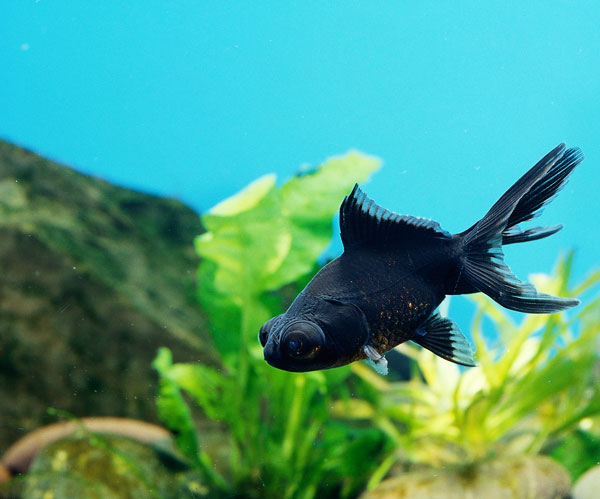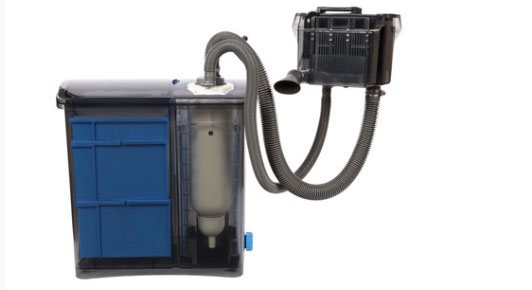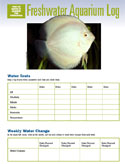
Q. Is it possible to keep any moray eel species in the reef aquarium? I have a 45-gallon bowfront reef aquarium that has been running for almost two years. I don’t have any shrimp and my stocking list is as follows:
• Star Polyps
• Neon green bubble coral colony
• Two condy anemones
• Two false percula clownfish
• One royal gramma
• Three Banggai cardinalfish
• One yellowhead (pearly) jawfish
• Several brain corals
• Several torch corals
I really like moray eels and think they would look neat in a reef aquarium.
Marie S. Thomasson
Madison, Wisconsin
A. Most moray eels grow very large even in captivity, almost always require live or frozen fish foods and produce a lot of waste. These factors almost always disqualify an animal from being kept in the reef environment. While I can’t imagine that any moray eel would bother your sessile invertebrates (corals, anemones, etc.), they would likely feed on any shrimp, crabs or small fish that live within your reef aquarium. When looking at your current stocking list I can already see the false percula clownfish and royal gramma as potential meals for an eel. Even one of the smaller more popular aquarium eels, the snowflake moray (Echidna nebulosa) grows to roughly 2-feet total length in the marine aquarium.
I will say, Marie, that I know several aquarists that have been very successful in keeping moray eels in reef aquariums. In these instances, the only invertebrates they kept in the aquarium were corals and anemones. The moray was almost always the exclusive fish in the reef aquarium. This type of scenario prevents any fish from being eaten because the eel is alone. It also saves the aquarist from losing prized crabs and shrimp. Even in these instances, moray eels prove to be very good at knocking over rock and inadvertently damaging corals. I know people who often use a glue or putty to attach rockwork so it cannot be re-arranged. Also, people who have eels in their reef systems often employ state-of-the-art filtration, turning over their entire aquarium’s water volume 12 or even 14 times in one hour. In addition to the intense over-filtration, large and frequent water changes are required. A friend of mine who houses an eel in a 200-gallon reef display does a 35 percent water change each week. Not only is this a time-consuming process, but it also can become costly.
Eels also require a good amount of either live or frozen fish foods. They are carnivores and can produce lots of waste, causing a rise in nitrates and phosphates rather quickly. This means that any aquarist keeping an eel must keep a close eye on water quality. I recommend testing your major values weekly and doing water changes as needed.
The easiest-to-keep moray eel species commonly available is by far the snowflake moray eel (Echidna nebulosa). These animals will often take a variety of fish foods and are more docile than some of the more aggressive, larger moray eels. The main disqualifying factor for your particular scenario is your aquarium size. Forty-five gallons is small for a reef aquarium and way too small to even consider housing an eel. For an eel to be successfully housed in a reef aquarium, I recommend a reef aquarium of at least 100 gallons (the bigger the better). While that may seem like a lot of space for only one animal, you must remember that these guys can get big and you will need those extra gallons to dilute the extra waste.
One option you would have if your reef aquarium was a bit bigger, maybe 75- gallons or so, would be to house an eel that is not really an eel at all. The wolf eel (Congrogadus subducens) is often mistaken as a blenny but is in fact a pseudochromid or dottyback. This fish can grow to about 18 inches and, like a moray eel, will feed on smaller fish and crustaceans. Considering that it is from the dottyback family, known for their hardy and aquarium-friendly nature, in most instances, the wolf eel is not difficult to keep. I can see a wolf eel putting on an equally interesting display in the reef aquarium. Remember, if you decide to keep an eel of any species in a properly sized aquarium, make sure it has a tight-fitting lid. Any eel is very agile and can squeeze through incredibly small spaces only to wind up dried out on the floor.
 Fish and Fungus
Black Moor Q. I have two large black moor goldfish, one larg
Fish and Fungus
Black Moor Q. I have two large black moor goldfish, one larg
 Red Worms
Q. I’ve seen advertisements for red worms as a food for fish
Red Worms
Q. I’ve seen advertisements for red worms as a food for fish
 Reefdoser Pro for iPad Ships
Reefdoser Pro for iPad Ships
 Aquarium Filtration Done Right
Today, keeping unique aquatic species is now commonplace tha
Aquarium Filtration Done Right
Today, keeping unique aquatic species is now commonplace tha
 Aquarium maintenance logs for freshwater, saltwater and reefkeeping aquarists
Thank you for signing up for the FishChannel newsletter, the
Aquarium maintenance logs for freshwater, saltwater and reefkeeping aquarists
Thank you for signing up for the FishChannel newsletter, the
Copyright © 2005-2016 Pet Information All Rights Reserved
Contact us: www162date@outlook.com